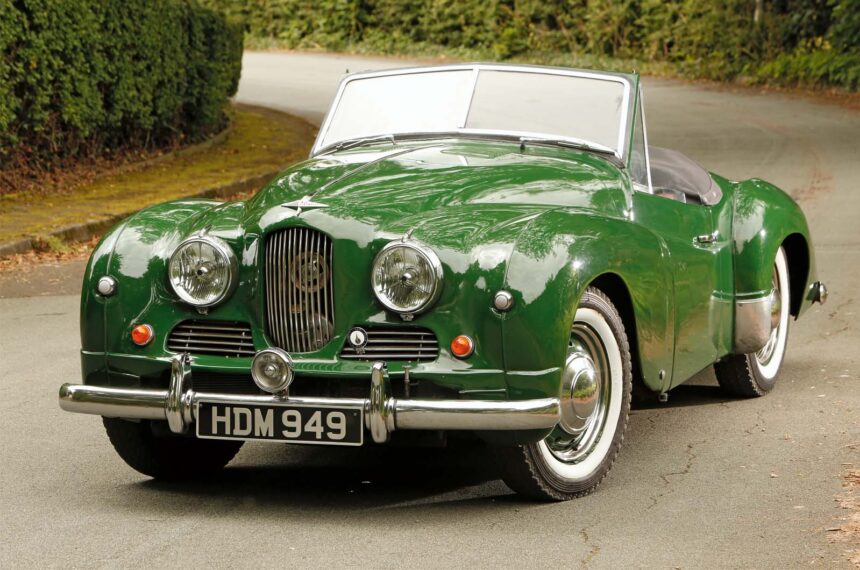Understanding the Adjustments in Car Prices Over Decades
Have you ever wondered why car prices seem to fluctuate over the years? The method used to adjust prices is based on a combination of the Bank of England’s Consumer Price Index and Retail Price Index data. These measures track the cost of living and help determine how prices should be adjusted.
As the UK economy has grown over the decades, people’s real income has also increased. This means that even though commodity prices have risen, people have had more purchasing power. For example, in 1950, a car like the A90 would have been a significant investment for someone, compared to a modern car like a Qashqai, which is more affordable for the average person today.

Measuring Worth, an academic project, has created an inflation calculator to illustrate this concept. One interesting measure it offers is the labor value, which calculates the multiple of the average wage needed to purchase a commodity like a car.
When using this measure, the A90 would be worth around £122,600 today, equivalent to a Mercedes S-Class, while the Morris would be worth approximately £43,200, similar to a BMW 4 Series.
Looking at the graph below, you can see how the gap between the two inflation measures narrows over the years. This convergence happened as Britain rebuilt its economy after the war, progressed significantly in the 1980s and 1990s, and finally aligned in the mid-2000s. This period coincided with the UK’s economic stability and the increase in the average standard of living, which has remained relatively stagnant in recent times.







